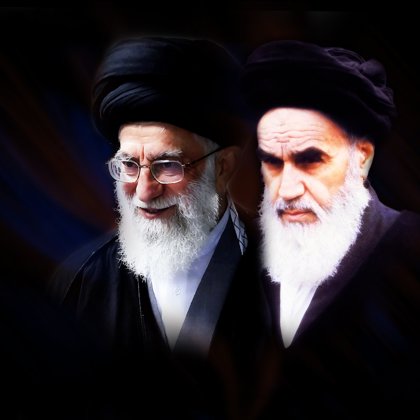IRAN AFTER 1979'S REVOLUTION,UNDER REGIME AYATOLLAH ALI KHOMEINI,THE IRANIAN GOVERNMENT SEIZED CONTROL OF THE "SACRED". DEPRIVED THE ENTIRE CLERICAL CLASS OF IT'S AUTONOMY.
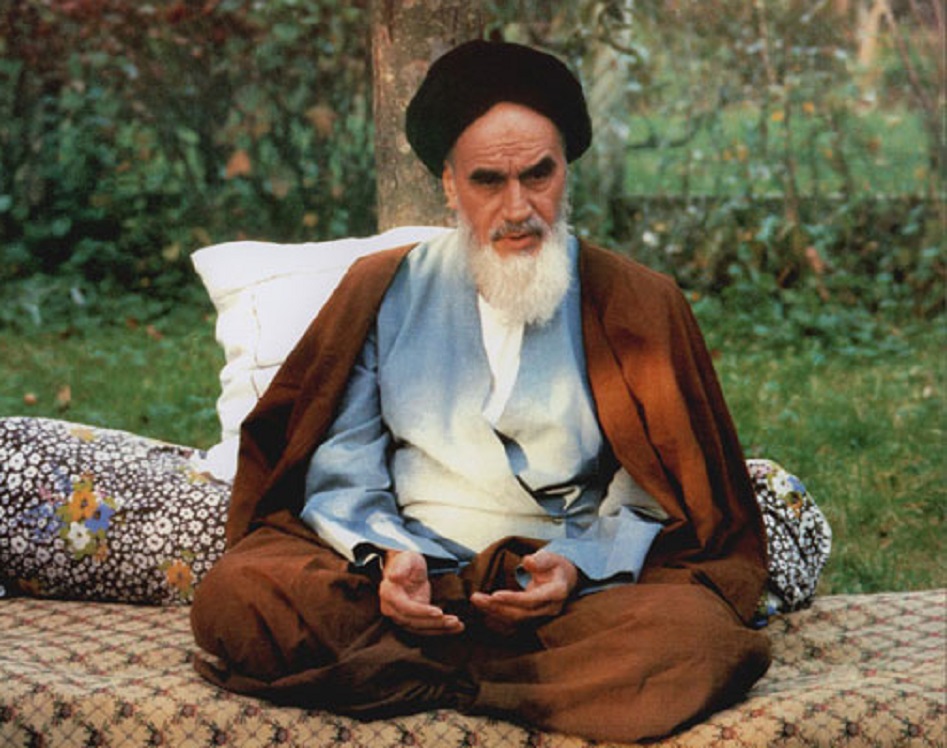 The leader and founder of the
Islamic revolution, Ayatollah Ruhollah Khomeini, waves from a Tehran
balcony during the country's revolution, in February 1979Ayatollah Khomeini is a revered figure in the Islamic republic, where he
is commonly referred to simply as "the Imam." Iranian state media
generally portrays him as religious, knowledgeable, insightful, kind,
merciful, and deeply caring about his countrymen.
The leader and founder of the
Islamic revolution, Ayatollah Ruhollah Khomeini, waves from a Tehran
balcony during the country's revolution, in February 1979Ayatollah Khomeini is a revered figure in the Islamic republic, where he
is commonly referred to simply as "the Imam." Iranian state media
generally portrays him as religious, knowledgeable, insightful, kind,
merciful, and deeply caring about his countrymen.
What caused the Iranian Revolution in 1979? The lack of understanding and connection to the common people was the biggest reason for the ousting of the Monarchy in my opinion amongst many other big reasons as well. Discontent of the Shah was there since the beginning.After the West overthrew Iran’s first democracy in 1953, they installed the Shah of Iran as a brutal dictator to receive inexpensive oil. At the time when the Shah was in power, about 90 percent of the Iranian economy was oil.To add to the poor economy of Iran, The Shah of Iran mishandled the money his Iranian government generated. He would usually spend a decent chunk of this money on lavish parties instead of funneling it into economic diversity and growth - despite the 25 percent unemployment rate in 1977, two years before he was overthrown.Another problem that the Shah did not address was the lack of education institutions within Iran. The literacy rate in Iran before he was ousted was 60 percent for people under 25. It was even worse for women, only 42 percent were literate at the time. Meanwhile, Saddam and the Ba'athist party were able to eradicate illiteracy in Iraq within a decade. The Shah had 4 decades and failed miserably to provide education for Iranians. Even University attendance rates were incredibly lower compared to now, especially for women - 20 percent of university students vs 60 percent of university students now. The lack of education would create a vicious cycle since the economy was already so poor.Unfortunately for those who did speak out against the flaws in the Shah’s rule, they usually had the same fate as some of my family members - jail time with torcher. Many people feared his secret police, the SAVAK, which received assistance with the CIA and Mi6. These organizations did there best to suppress freedom of speech, expression, and criticism to ensure the steady flow of cheap oil to the West. The social and political repression, in my opinion, are comparable to the current social and political repression today.Since 70’s Shah started to act independently and challenged the West. Especially he was asking for higher prices of oil, so the West found him a troublemaker and helped Islamists to replace him. (favorite theory among Iranian monarchists).Iranians suffered from Shah’s repression and unbalanced economic development. Shah was too autocratic and did not manage the windfall revenues of oil in a wise manner. People wanted freedom and justice but Shah did not deliver that. (Many seculars and left-leaning people prefer this theory).Radio BBC was one of the major players in Iran's revolution and also France with hosting Khomeini. They all thought Khomeini is a decent man but he fooled them all before he seized power he kept saying he will not intervene in the governing, religious figures should not intervene. After he took power, he killed everyone opposed to him. Nothing in history is inevitable, but Iran was heading for crisis at the end of the 1970s. The Shah, Mohammad Reza Pahlavi, was a corrupt, indecisive man, more weak than wicked, a lover of fine wines and foreign women who dreamed of using his gigantic oil revenues to rebuild the Persian Empire. Elevated to the throne at the age of just 21 after the British ousted his father, he had become increasingly dependent on American aid, especially after he acquiesced, in a CIA-backed coup in 1953, to topple the nationalist prime minister Mohammad Mossadegh. In the aftermath of the 1973 oil shock, he spent more than $12bn on American arms and equipment. He wanted new factories and universities, grand boulevards and gleaming power plants, but the more money he spent, the more prices in the shops of Tehran soared beyond imagining. By the late Seventies, cities were buckling under the weight of thousands of rural peasants in search of his economic miracle. In Tehran's concrete nightmare, the streets were permanently blocked with traffic, overstuffed tower blocks groaned beneath the weight of hundreds of families and the electricity grid regularly broke down for four hours at a time. Amid the squalid shanty towns and the stinking sewers, frustration was inexorably turning to fury.
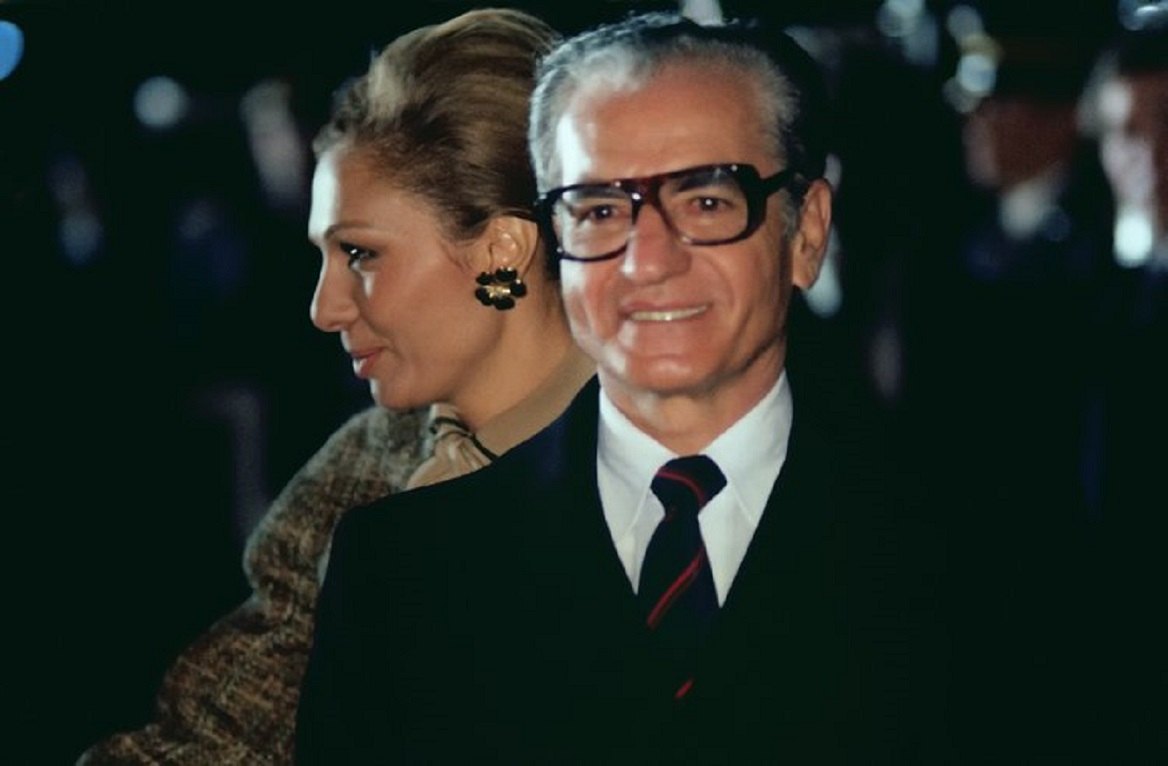 Mohammad Reza Shah and Queen Farah Diba ,was a much weaker ruler than his father, Reza Shah Pahlavi, and where Reza Shah worked effectively towards independence from foreign powers, Muhammad Reza Shah used foreign aid to stay in power. In 1953 he got assistance from the USA to return from a 3-day exile.In the 1960's and 1970's Muhammad Reza tried to tie closer relations with the Soviet Union and the communist states in eastern Europe. But this never replaced the close connections with the USA.Mohammad Reza Shah was removed by the Islamic revolution of 1979.
Mohammad Reza Shah and Queen Farah Diba ,was a much weaker ruler than his father, Reza Shah Pahlavi, and where Reza Shah worked effectively towards independence from foreign powers, Muhammad Reza Shah used foreign aid to stay in power. In 1953 he got assistance from the USA to return from a 3-day exile.In the 1960's and 1970's Muhammad Reza tried to tie closer relations with the Soviet Union and the communist states in eastern Europe. But this never replaced the close connections with the USA.Mohammad Reza Shah was removed by the Islamic revolution of 1979.
Central authority had broken down. Hundreds of semi-independent revolutionary committees, not answerable to central authority, were performing a variety of functions in major cities and towns across the country. Factory workers, civil servants, white-collar employees, and students were often in control, demanding a say in running their organizations and choosing their chiefs. Governors, military commanders, and other officials appointed by the prime minister were frequently rejected by the lower ranks or local inhabitants.A range of political groups, from the far left to the far right, from secular to ultra-Islamic, were vying for political power, pushing rival agendas, and demanding immediate action from the prime minister. Clerics led by Ayatollah Mohammad Beheshti established the Islamic Republican Party (IRP). The party emerged as the organ of the clerics around Ayatollah Khomeini and the major political organization in the country. Not to be outdone, followers of more moderate senior cleric Ayatollah Shariatmadari established the Islamic People's Republican Party (IPRP) in 1979, which had a base in Azarbaijan, Shariatmadari's home province.Moreover, multiple centers of authority emerged within the government. As the supreme leader, Ayatollah Khomeini did not consider himself bound by the government. He made policy pronouncements, named personal representatives to key government organizations, established new institutions, and announced decisions without consulting his prime minister. The prime minister found he had to share power with the Revolutionary Council, which Ayatollah Khomeini had established in January 1979 and which initially was composed of clerics close to Ayatollah Khomeini, secular political leaders identified with Bazargan, and two representatives of the armed forces. Even while attempting to put in place the institutions of the new order, the revolutionaries turned their attention to bringing to trial and punishing members of the former regime whom they considered responsible for carrying out political repression, plundering the country's wealth, implementing damaging economic policies, and allowing foreign exploitation of Iran. A revolutionary court set to work almost immediately in the school building in Tehran where Ayatollah Khomeini had set up his headquarters. Revolutionary courts were established in provincial centers shortly thereafter. The Tehran court passed death sentences on four of the shah's (Mohammad Reza Shah) generals on February 16, 1979; all four were executed by firing squad on the roof of the building housing Ayatollah Khomeini's headquarters. More executions, of military and police officers, SAVAK agents, cabinet ministers, Majlis deputies, and officials of the shah's regime, followed on an almost daily basis.The activities of the revolutionary courts became a focus of intense controversy. On the one hand, left-wing political groups and populist clerics pressed hard for "revolutionary justice" for miscreants of the former regime. On the other hand, lawyers' and human rights' groups protested the arbitrary nature of the revolutionary courts, the vagueness of charges, and the absence of defense lawyers. Bazargan, too, was critical of the courts' activities. At the prime minister's insistence, the revolutionary courts suspended their activities on March 14, 1979. On April 5, new regulations governing the courts were promulgated.The courts were to be established at the discretion of the Revolutionary Council and with Ayatollah Khomeini's permission. They were authorized to try a variety of broadly defined crimes, such as "sowing corruption on earth," "crimes against the people," and "crimes against the Revolution." The courts resumed their work on April 6. On the following day, despite international pleas for clemency, Amir Abbas Hoveida, the shah's prime minister for twelve years, was put to death. Attempts by Bazargan to have the revolutionary courts placed under the judiciary and to secure protection for potential victims through amnesties issued by Ayatollah Khomeini also failed.Beginning in August 1979, the courts tried and passed death sentences on members of ethnic minorities involved in antigovernment movements. Some 550 persons had been executed by the time Bazargan resigned in November 1979. Bazargan had also attempted, but failed, to bring the revolutionary committees under his control. The committees, whose members were armed, performed a variety of duties. They policed neighborhoods in urban areas, guarded prisons and government buildings, made arrests, and served as the execution squads of the revolutionary tribunals.
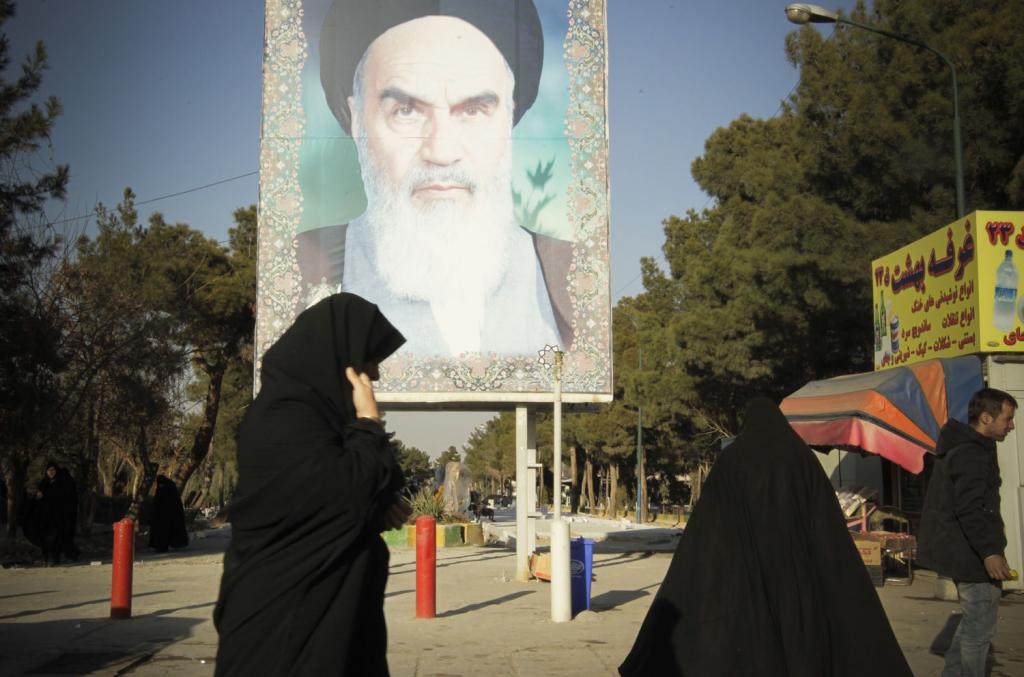 The people of Iran today are reeling in shock and disbelief at the
oppression, devastation, and violence the Khomeini regime has wreaked
upon their land.In Iran, the state is organized to suppress a society in both its
private and public affairs. Under the pretext of religion, it has
declared a "holy war" on its own populace. Any disagreement or
discontent with Khomeini, his regime, or their policies and edicts has
become tantamount to opposing God and His Prophet.
The people of Iran today are reeling in shock and disbelief at the
oppression, devastation, and violence the Khomeini regime has wreaked
upon their land.In Iran, the state is organized to suppress a society in both its
private and public affairs. Under the pretext of religion, it has
declared a "holy war" on its own populace. Any disagreement or
discontent with Khomeini, his regime, or their policies and edicts has
become tantamount to opposing God and His Prophet.
The committees often served the interests of powerful individual clerics, revolutionary personalities, and political groups, however. They made unauthorized arrests, intervened in labor-management disputes, and seized property. Despite these abuses, members of the Revolutionary Council wanted to bring the committees under their own control, rather than eliminate them. With this in mind, in February 1979 they appointed Ayatollah Mohammad Reza Mahdavi-Kani head of the Tehran revolutionary committee and charged him with supervising the committees countrywide. Mahdavi-Kani dissolved many committees, consolidated others, and sent thousands of committeemen homes. But the committees, like the revolutionary courts, endured, serving as one of the coercive arms of the revolutionary government. In May 1979 Ayatollah Khomeini authorized the establishment of the Pasdaran (Pasdaran-e Enghelab-e Islami, Islamic Revolutionary Guard Corps or Revolutionary Guards). The Pasdaran was conceived by the men around Ayatollah Khomeini as a military force loyal to the Revolution and the clerical leaders, as a counterbalance for the regular army, and as a force to use against the guerrilla organizations of the left, which were also arming. Disturbances among the ethnic minorities accelerated the expansion of the Pasdaran.Two other important organizations were established in this formative period. In March Ayatollah Khomeini established the Foundation for the Disinherited. The organization was to take charge of the assets of the Pahlavi Foundation and to use the proceeds to assist low-income groups. The new foundation in time came to be one of the largest conglomerates in the country, controlling hundreds of expropriated and nationalized factories, trading firms, farms, and apartment and office buildings, as well as two large newspaper chains. The Crusade for Reconstruction (Jihad-e Sazandegi or Jihad), established in June, recruited young people for construction of clinics, local roads, schools, and similar facilities in villages and rural areas. The organization also grew rapidly, assuming functions in rural areas that had previously been handled by the Planning and Budget Organization (which replaced the Plan Organization in 1973) and the Ministry of Agriculture. Trouble broke out among the Turkomans, the Kurds, and the Arabic-speaking population of Khozestan in March 1979. The disputes in the Turkoman region of Gorgan were over land rather than claims for Turkoman cultural identity or autonomy. Representatives of left-wing movements, active in the region, were encouraging agricultural workers to seize land from the large landlords. These disturbances were put down, but not without violence. Meanwhile, in Khozestan, the center of Iran's oil industry, members of the Arabic-speaking population organized and demanded a larger share of oil revenues for the region, more jobs for local inhabitants, the use of Arabic as a semi-official language, and a larger degree of local autonomy.Because Arab states, including Iraq, had in the past laid claim to Khozestan as part of the "Arab homeland," the government was bound to regard an indigenous movement among the Arabic-speaking population with suspicion. The government also suspected that scattered instances of sabotage in the oil fields were occurring with Iraqi connivance. In May 1979, government forces responded to these disturbances by firing on Arab demonstrators in Khorramshahr. Several demonstrators were killed; others were shot on orders of the local revolutionary court. The government subsequently quietly transferred the religious leader of the Khozestan Arabs, Ayatollah Mohammad Taher Shobayr al Khaqani, to Qom, where he was kept under house arrest. These measures ended further protests.From students sporting mullet haircuts and flares to colourful VW Beetles careering down tree-lined avenues into central Tehran - surprising images of Iran, taken before the revolution, have emerged online.The stunning photos of life across the vibrant country in the 60s and 70s portray a seemingly cosmopolitan kingdom on the brink of change.Locals are pictured doing the 'Tehran twist' to Iranian rock 'n' roll bands, families sunbathe by a swimming pool and mosques and bazaars still popular today are also caught on camera, revealing the tension between modern and traditional influences tussling for supremacy.The 1979 revolution saw the ousting of King Shah Mohammad Reza Pahlavi and the instalment of Ayatollah Ruhollah Khomeini - a shift that would have long-lasting and far reaching implications.
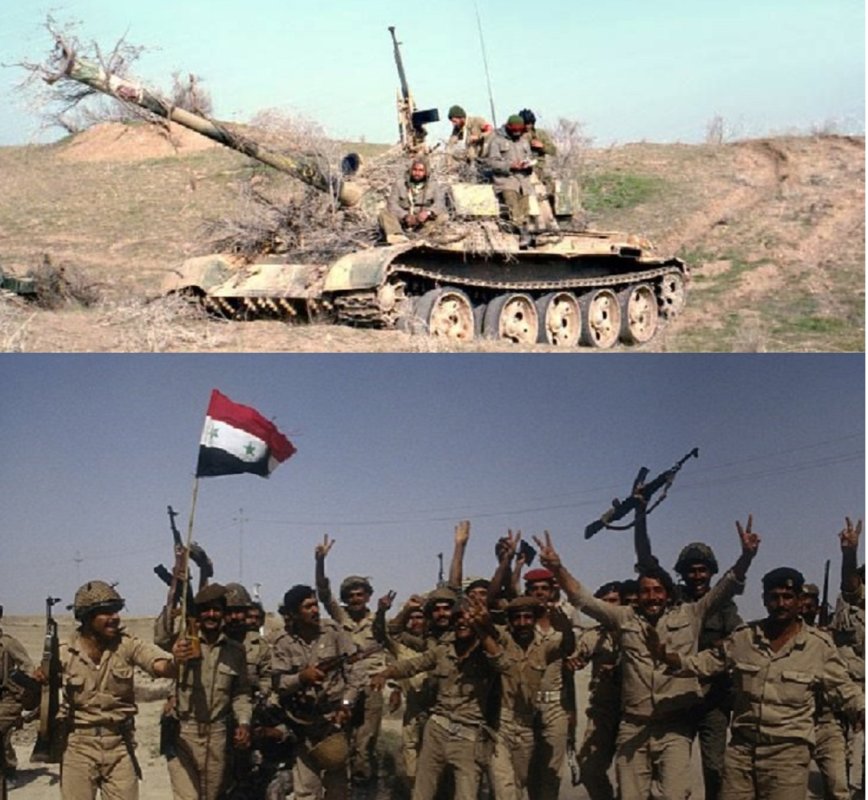 In terms of its length, the Iran-Iraq war of 1980-88 was one of the
longest in modern history. It was also one of the costliest in terms of
casualties, claiming an estimated one million lives on both sides, plus
twice as many injured or permanently disabled. It was also a costly war,
inflicting more than 1 trillion US dollars in infrastructure damage and
economic losses to the two belligerents.
In terms of its length, the Iran-Iraq war of 1980-88 was one of the
longest in modern history. It was also one of the costliest in terms of
casualties, claiming an estimated one million lives on both sides, plus
twice as many injured or permanently disabled. It was also a costly war,
inflicting more than 1 trillion US dollars in infrastructure damage and
economic losses to the two belligerents.
Iraq invaded Iran on 22 September 1980, triggering a bitter eight-year war which destabilised the region and devastated both countries.The then Iraqi leader Saddam Hussein claimed as a reason for the invasion a territorial dispute over the Shatt al-Arab, the waterway which forms the boundary between the two countries.However, the conflict was rooted in regional rivalry.Saddam Hussein felt directly threatened by the Islamic revolution which had brought Ayatollah Khomeini to power in Iran the year before.The ayatollah, for his part, saw Saddam as a brutal Sunni tyrant oppressing his country's Shia majority, and did not disguise his desire to see him toppled.Thus, for Saddam Hussein, the war's purpose was pre-emptive: to overthrow the Khomeini regime before that regime could overthrow him.He believed that Iran was in turmoil and that his forces could achieve quick victory.It was a monumental mistake.By 1982 Iranian forces had regained the territory they had lost and pushed across the border into Iraq. Khomeini rejected an Iraqi offer of a ceasefire.So although Baghdad had started the war, it was Khomeini who prolonged it.The conflict turned into a war of attrition, with each side showing a marked disregard for the human cost:Khomeini sent thousands of young Iranians to their death in "human-wave" attacks.Saddam used chemical weapons against the Iranians and, in 1988, against his own people - the Kurds of Halabja - whom he considered a treacherous fifth column.In the "war of the cities", both sides pounded their adversary's civilian population from the air.In the "war of the tankers", each side attacked oil tankers and merchant ships in the Gulf in a bid to deprive the other of trade. In fact, the tanker war served to internationalise the conflict.After repeated Iranian attacks on its vessels, Kuwait appealed to outside powers for protection - and both the United States and the Soviet Union stepped in.This helped turn the tide against Iran.Seeing that their country was exhausted and isolated, Iranian officials urged Khomeini to accept a ceasefire.The economic and political fallout was immense. At least half a million people died, and upper estimates stretch to 1.5 million.Neither side had achieved its war aims. Khomeini had not overthrown Saddam. Saddam had not overthrown Khomeini or forced him to re-draw the border in Iraq's favour.Although the Iraqi leader sought to claim victory, in reality he had merely staved off defeat - and even that had required a good deal of outside help.Iraq's economic plight was one of the factors that led Saddam to take the fateful decision to invade Kuwait in 1990. And on that occasion the Western and regional powers which had come to his aid in fighting Iran united in opposing him.The war not only exacted a heavy human and material cost. It extinguished much of the zeal of the Islamic revolution. It led Iranians to question more sharply the capabilities of their clerical leadership.With Khomeini's death shortly after the end of the war, the country entered a new and more introspective era.The Iran-Iraq war left a painful legacy. Few modern conflicts have been so long, so bloody and so futile.Saddam Hussein noticed that Iran's military was temporarily in disarray, as the most experienced officers had to leave the country. He also realized that in a conflict, the West would prefer him over Iran by a mile. The Soviet Union was clearly not on the same page as the West (as it invaded Afghanistan and was getting sanctioned), but it recently became a major oil exporter and so was interested in keeping oil prices high, while Communists took militant Islam very seriously. Even the Gulf monarchies - mostly Sunnis - didn't like the Shia Iran. So, Saddam figured that, with a disciplined, professional military and tacit support from the West, the USSR, and the Gulf monarchies, he could beat Iran, virtually control the Persian Gulf, and ensure his place in history. Crazy, but a lot more promising than other failed war plans hatched around that time (Argentina's attack of the Falklands comes to mind). Additionally, Saddam was hoping to capitalize on a societal split that is inevitable after an Islamic revolution.
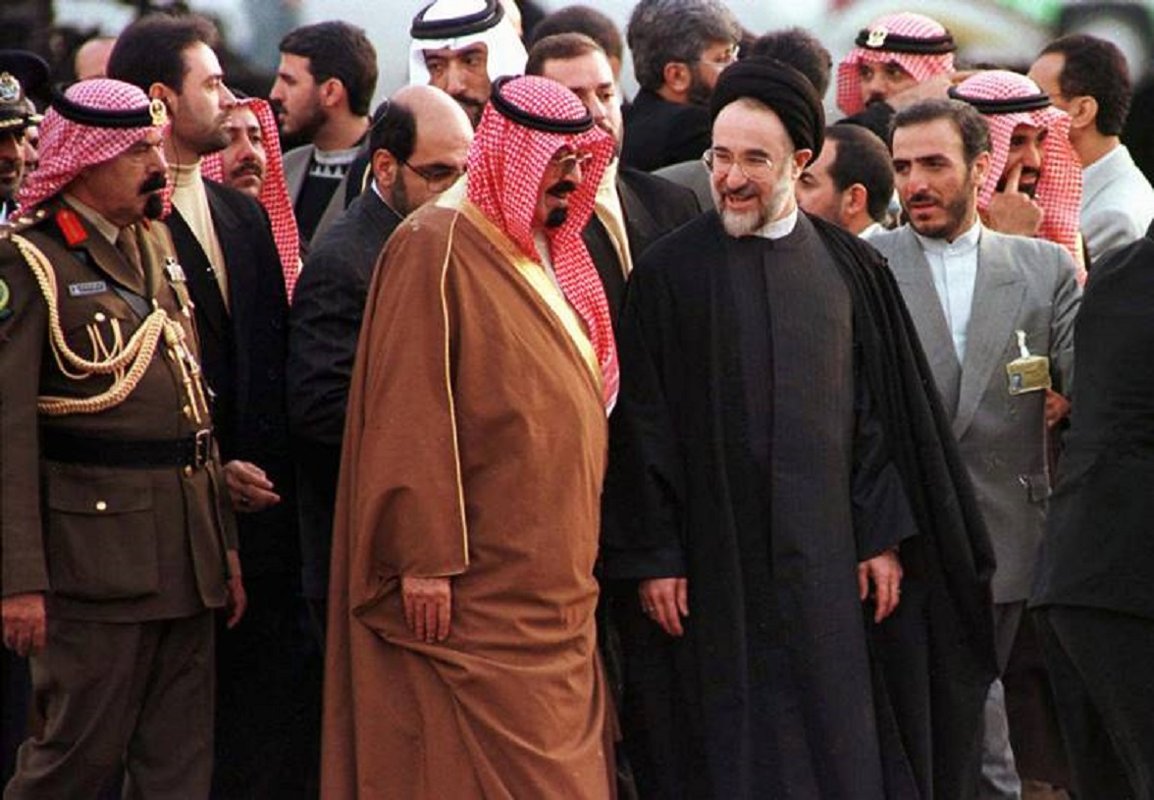 Iran had rocky relations with Saudi Arabia under the shah, but they
improved toward the end of his reign in 1979. Both were original members
of the oil cartel OPEC.In this Dec. 8, 1997 file photo, Saudi
Arabia Crown Prince Abdullah Bin Abdul Aziz Al-Saud, center left, is
greeted at Mehrabad Airport in Tehran by Iranian President Mohammad
Khatami, center right, ahead of the Islamic Conference in the Iranian
capital.
Iran had rocky relations with Saudi Arabia under the shah, but they
improved toward the end of his reign in 1979. Both were original members
of the oil cartel OPEC.In this Dec. 8, 1997 file photo, Saudi
Arabia Crown Prince Abdullah Bin Abdul Aziz Al-Saud, center left, is
greeted at Mehrabad Airport in Tehran by Iranian President Mohammad
Khatami, center right, ahead of the Islamic Conference in the Iranian
capital.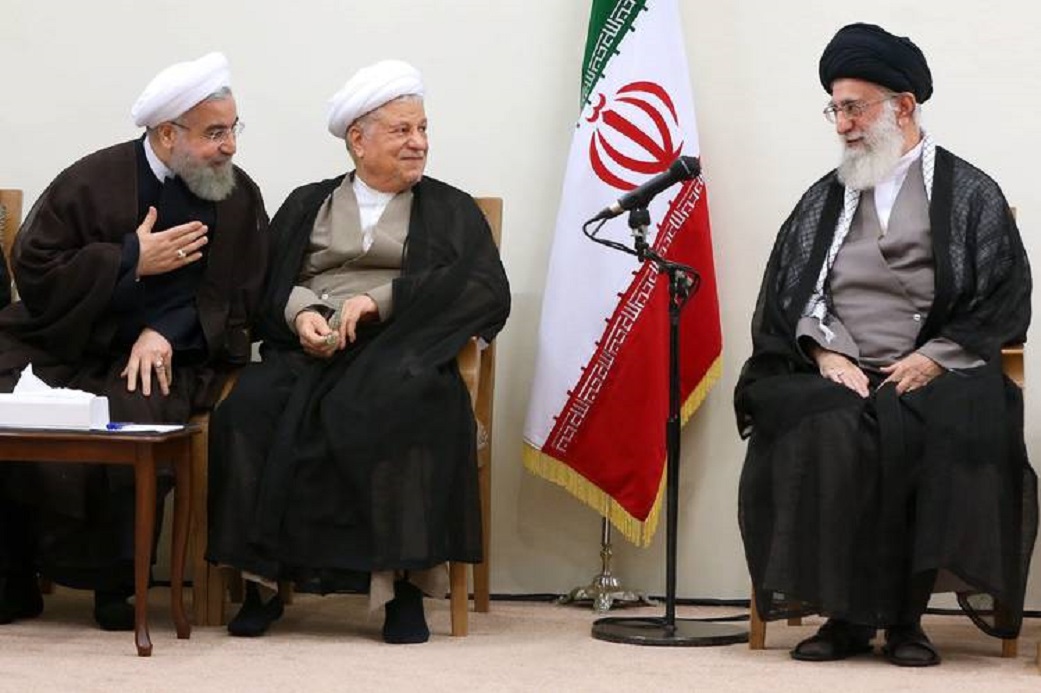 Iran's Supreme Leader Ayatollah Ali Khamenei, right, with President Hassan Rouhani, left.The country is basically run by the President who is the highest popularly elected official in Iran. However, the supreme powers rest with the Supreme Leader of Iran, who is the head of state and highest ranking political and religious authority of the country. Some of the most popular Iranian leaders who have garnered much limelight for reasons both good and bad include Mohammad Khatami, Ali Khamenei, Mahmoud Ahmadinejad, Hassan Rouhani and Ruhollah Khomenei. Read through this section and wrap yourself with knowledge about the life and works of famous Iranian leaders.
Iran's Supreme Leader Ayatollah Ali Khamenei, right, with President Hassan Rouhani, left.The country is basically run by the President who is the highest popularly elected official in Iran. However, the supreme powers rest with the Supreme Leader of Iran, who is the head of state and highest ranking political and religious authority of the country. Some of the most popular Iranian leaders who have garnered much limelight for reasons both good and bad include Mohammad Khatami, Ali Khamenei, Mahmoud Ahmadinejad, Hassan Rouhani and Ruhollah Khomenei. Read through this section and wrap yourself with knowledge about the life and works of famous Iranian leaders.
